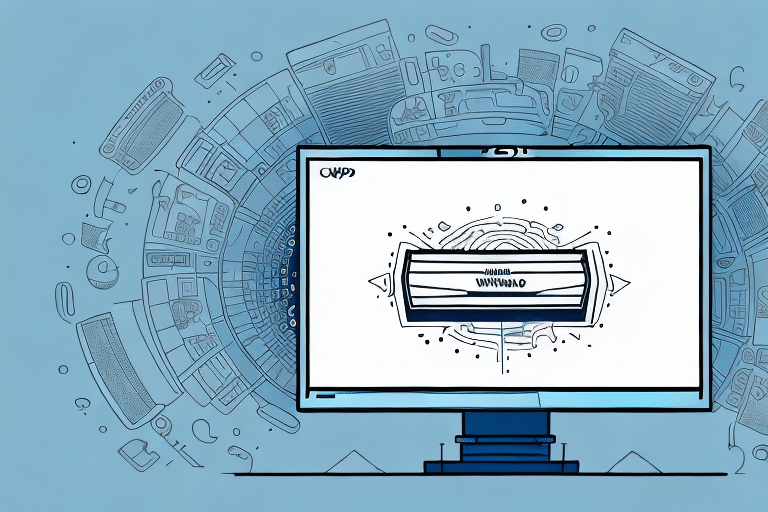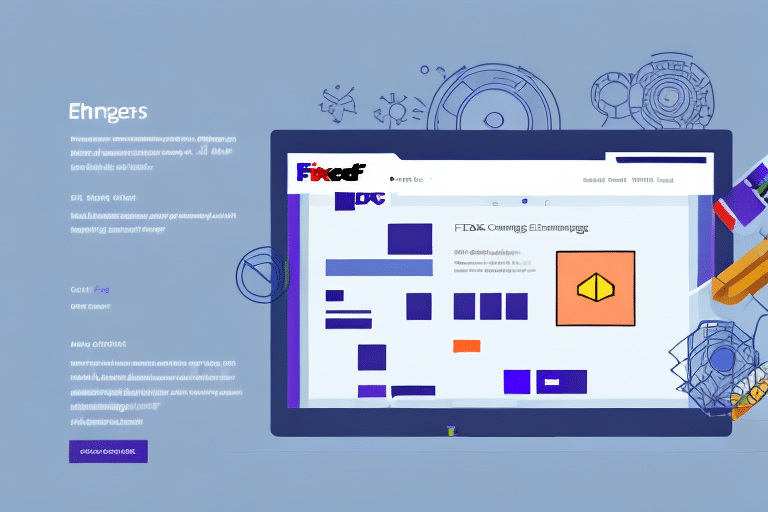Understanding the End of Day Process in UPS WorldShip
The End of Day (EOD) process in UPS WorldShip is a critical feature that finalizes all shipments processed during the day. This process generates essential reports, tracking data, and invoices, ensuring that all shipping activities are accurately recorded and documented. By completing the EOD process, businesses can maintain organized records, streamline accounting, and ensure compliance with shipping standards.
According to UPS, the EOD process helps in consolidating daily shipping activities, which simplifies the reconciliation of shipments and payments. Skipping this step can lead to discrepancies in records, making it challenging to track shipments and manage finances effectively.
Reasons to Add Shipments After the End of Day
Despite careful planning, there are instances where adding shipments after the EOD process becomes necessary. Understanding these scenarios can help businesses prepare and mitigate potential issues.
Missed Shipments
Occasionally, a shipment might be overlooked during the initial processing. This could be due to human error or unexpected high volume, necessitating the addition of the shipment post-EOD.
Errors in Shipment Information
Incorrect details such as recipient address, package weight, or shipping method can occur. Correcting these errors after the EOD ensures that packages reach their intended destinations without delays.
International Shipping Complications
International shipments can sometimes face unforeseen delays with customs or documentation. Adding these shipments after the EOD helps in addressing these issues promptly.
According to the U.S. Department of Transportation, maintaining accurate shipment records is essential for compliance and operational efficiency, especially in international logistics.
Step-by-Step Guide to Adding Shipments After End of Day in UPS WorldShip
Follow these detailed steps to add shipments after the EOD process in UPS WorldShip:
- Open UPS WorldShip: Launch the UPS WorldShip application on your computer.
- Navigate to Shipping History: Click on the "Shipping" tab in the top navigation bar, then select "View History."
- Select End of Day: From the drop-down menu on the left-hand side, choose "End of Day."
- Reopen the EOD Process: Click the "Reopen" button located at the bottom of the screen to make changes.
- Add Individual Packages: Select the "Add Individual Packages" option and click "Continue."
- Enter Shipment Details: Input the recipient's address, package weight, dimensions, and any other necessary information.
- Select Shipping Options: Choose your preferred shipping method, speed, and any additional services required.
- Process Shipment: Click the "Process Shipment" button to finalize the addition of the shipment.
**Important Considerations:**
- The maximum weight limit is 150 pounds per package.
- Tracking information for added shipments must be updated manually.
- Additional fees may apply for adding shipments after the EOD process.
For detailed instructions and troubleshooting, refer to the UPS WorldShip Support.
Tips to Prevent the Need for Adding Shipments After End of Day
Proactively managing your shipping process can minimize the need to add shipments after completing the EOD process. Implementing the following strategies can enhance efficiency and accuracy:
- Establish a Standard Procedure: Develop a consistent shipping routine to ensure all packages are processed before the EOD cutoff.
- Verify Shipment Details: Double-check all shipment information for accuracy before finalizing daily processes.
- Monitor Orders Continuously: Regularly review incoming orders to prevent last-minute shipments.
- Utilize Automated Shipping Software: Invest in software solutions that streamline shipment tracking and order management.
- Maintain Clear Communication: Coordinate with suppliers and customers to anticipate and address potential shipping delays.
According to a study by SHRM, businesses that implement standardized procedures experience a 30% reduction in shipping errors and delays.
Common Mistakes and How to Avoid Them When Adding Shipments Post-EOD
Even with best practices, mistakes can occur when adding shipments after the EOD process. Being aware of common errors can help in avoiding them:
- Incorrect Shipment Information: Always double-check recipient details, weights, and dimensions to ensure they are accurate.
- Wrong Shipping Options: Verify that the selected shipping method aligns with delivery requirements and timelines.
- Exceeding Weight Limits: Ensure each package does not exceed the 150-pound weight limit to avoid processing issues.
- Neglecting Tracking Updates: Manually update tracking information to provide accurate shipment status to recipients.
- Forgetting to Print Labels: Always print and attach the necessary labels to prevent delays or misdelivery.
Additionally, ineffective communication regarding added shipments can lead to confusion. Make sure to inform relevant stakeholders about any changes or additions to the shipment schedule.
Troubleshooting Issues When Adding Shipments After End of Day
Encountering issues while adding shipments post-EOD can disrupt your shipping operations. Here are some troubleshooting tips:
- Ensure Software is Updated: Verify that UPS WorldShip is running the latest version to prevent compatibility issues.
- Check Shipment Information: Review all entered data for accuracy to avoid processing errors.
- Consult UPS Support: If problems persist, reach out to UPS Customer Service for assistance.
Implementing a checklist before adding shipments can help identify and resolve potential issues proactively.
Impact on Shipping Reports and Invoicing
Adding shipments after the EOD process can have significant implications on your shipping reports and invoicing:
- Reporting Discrepancies: Additional shipments will not appear in the day's reports, leading to incomplete data.
- Invoicing Delays: Invoices generated post-EOD will not include added shipments, causing potential billing inconsistencies.
To maintain accurate records, it's advisable to process all shipments before initiating the EOD process. This ensures that reports and invoices reflect all activities accurately.
For more information on managing shipping records, refer to the UPS Shipping Support.
Best Practices for Managing Shipping Changes After EOD in UPS WorldShip
Effectively managing shipping changes after the EOD process requires strategic planning and robust procedures. Here are some best practices to consider:
- Develop Standard Operating Procedures: Create clear guidelines for handling post-EOD shipments to ensure consistency.
- Regularly Track Shipments: Monitor shipments and orders to identify issues promptly and address them efficiently.
- Maintain Open Communication: Keep suppliers and customers informed about any changes or delays to foster trust and cooperation.
- Implement Contingency Plans: Prepare backup strategies for unexpected delays or cancellations, such as alternative carriers or expedited shipping options.
- Continuous Process Improvement: Regularly review and refine your shipping processes to enhance efficiency and reduce errors.
Adopting these best practices can lead to improved shipping accuracy, reduced delays, and enhanced customer satisfaction.
Comparison with Other Shipping Software for Managing Late Shipments
When assessing UPS WorldShip against other shipping software options, it's essential to evaluate key features, pricing, and support offerings to determine the best fit for your business needs.
Key Features
- Real-Time Tracking: Ability to monitor shipments in real-time for prompt issue resolution.
- Integration Capabilities: Seamless integration with e-commerce platforms and inventory management systems.
- User-Friendly Interface: Intuitive design that simplifies the shipping process.
Pricing
Compare the pricing structures of different software solutions to ensure you receive value for your investment. Consider factors such as subscription fees, additional service costs, and scalability.
Customer Support
Reliable customer support is crucial for resolving issues quickly. Look for software providers that offer comprehensive support, including phone, email, and live chat options.
According to Business News Daily, top shipping software options like ShipStation and EasyPost offer competitive features that cater to various business sizes and requirements.
Ultimately, the choice of shipping software should align with your business objectives, operational needs, and budget constraints.
Conclusion
Adding shipments after the End of Day process in UPS WorldShip is a manageable task when following the correct procedures. However, minimizing the need for post-EOD additions through proactive planning and standardized processes can enhance operational efficiency and accuracy. By implementing best practices, leveraging automated tools, and maintaining clear communication with stakeholders, businesses can ensure a seamless shipping experience and maintain high levels of customer satisfaction.
For further assistance and resources, consult the UPS Help Center.






















